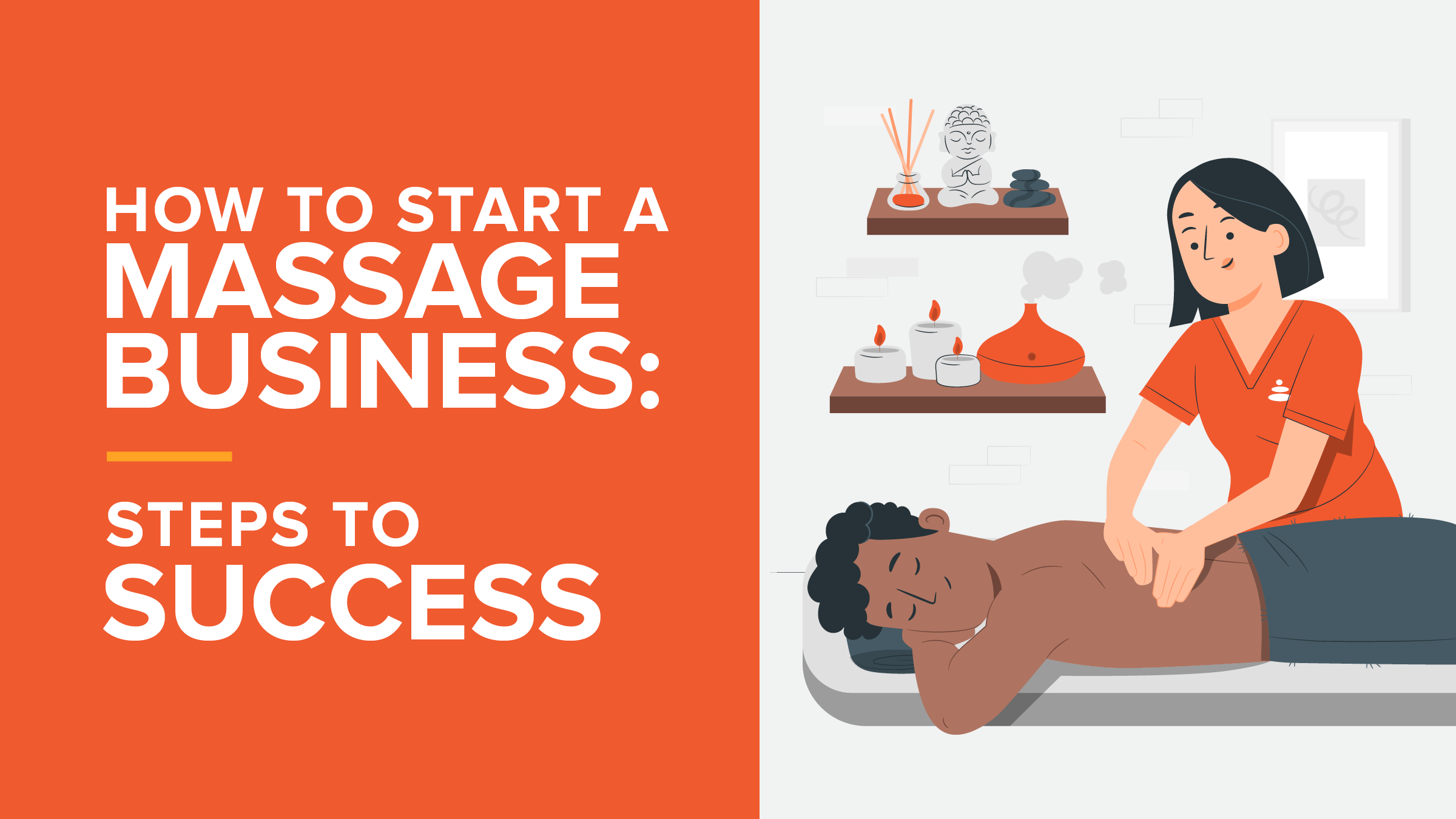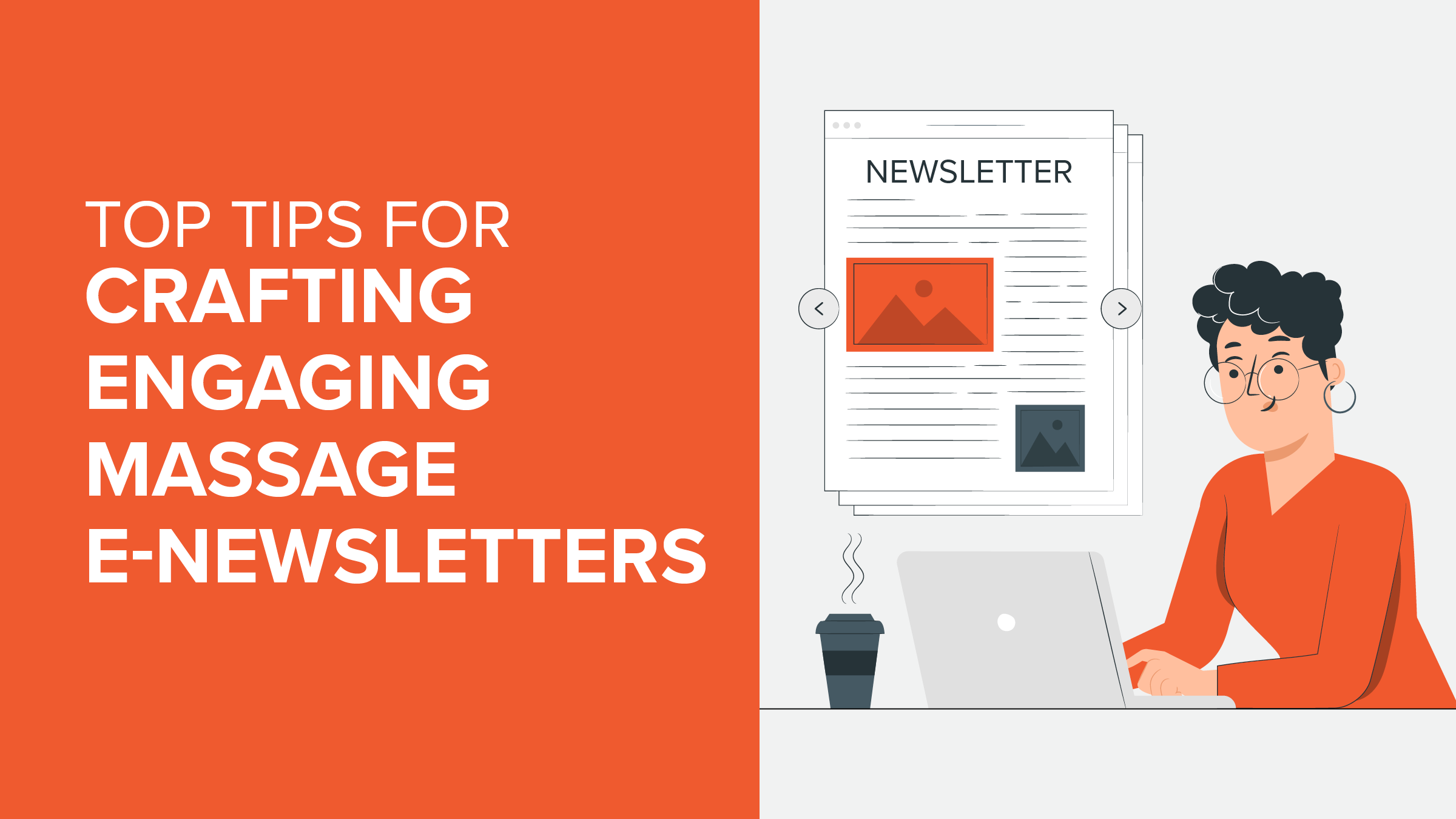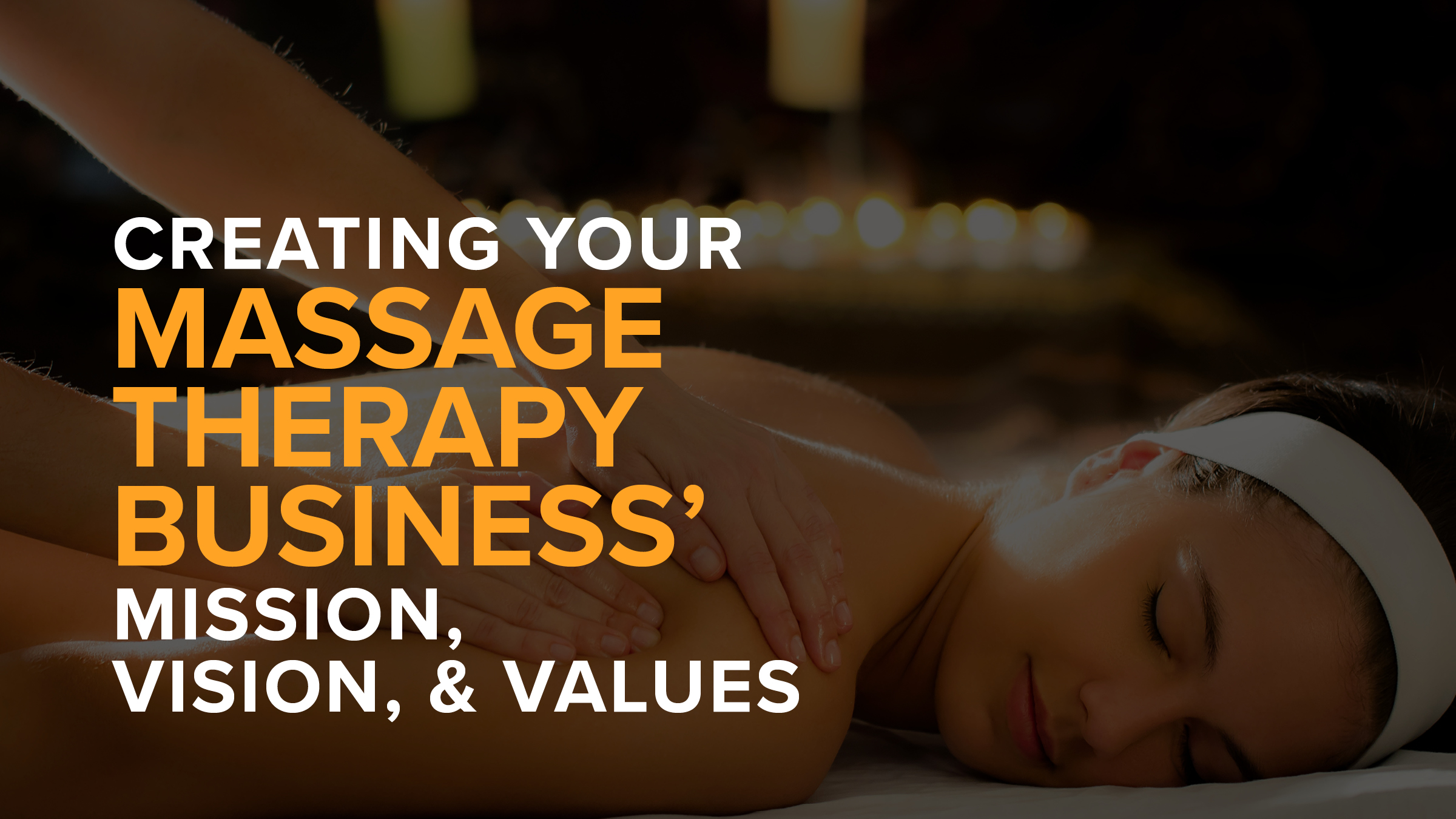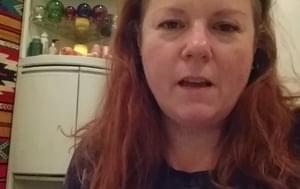You may be an expert massage therapist, but perhaps the marketing part of your business often gets shoved to the backburner. No fear! That’s why we’ve created a guide for massage therapy marketing for all skill levels. If you’re just beginning in your marketing efforts, there’s plenty to implement and automate so that you have to spend less time feeling frustrated.
If you’re a more skilled marketer, who has implemented promotions and email or text marketing before, scroll down to the “advanced” and “expert” sections to learn how to deepen your understanding of your ideal clientele and how to entice them!
CREATE A DIGITAL PRESENCE
Skill level: novice
The number one way people find massage therapists in their area is through search engines. That could be through Google or a massage therapist directory, but regardless, it’s important to have a strong, branded presence that enables your clients to explore services and book appointments quickly and easily.
The easiest things to do to be found by potential new clients are also FREE:
-
Set up a Google My Business page for your massage therapy business.
-
Create a Facebook page for your massage therapy business.
-
Create a free MassageBook directory listing for your massage therapy business.
Ready to get started?
Explore our guide to optimizing Google My Business for massage therapists. This guide includes not only how to set up the page, but best practices for adding photos, services, hours, location(s), and even online booking buttons.
Facebook is also a platform that your potential clients use often — not only to find new businesses but to recommend businesses and share with friends. Positive Facebook recommendations and shares can grow your business exponentially, so it’s important that you stay active here.
MassageBook offers the ability to set up a Facebook page integration — complete with online booking — that’s included in our Simplify and other premium packages. The Simplify Plan is just $24.99/month.
Lastly, you can list your business on the MassageBook directory at no charge.
MassageBook’s Transition Plan, which helps you get started organizing and managing your massage practice and building an online presence, is FREE for a full year! Afterwards, it’s only $9.99/month. The Transition Plan features an easy-to-use mobile app, SOAP notes, client records keeping, Google Calendar sync, a website with online booking, email appointment confirmations for your clients, and even monthly membership plan management. Novices and experts alike will love it!
PROMOTIONS
Skill level: novice
Promotions are a great way to generate awareness for your massage therapy business and also give you a great chance to get creative when marketing massage. Promotions don’t have to just be a discount. They can encourage clients to try add-on services, incentivize recommendations and social shares, or bring a friend or family member for their next service. They’re highly customizable, and once created, MassageBook makes it easy to spread the word and sell, sell, sell (without having to feel like you’re being pushy)!
Go beyond the basic “business card in the fishbowl” drawing.
Whether you use MassageBook or not, utilize the tools you have at your disposal to engage your current clients and spread the word about your massage or bodywork practice.
If you communicate primarily through email, send out a promotion that encourages forwarding. For example, “Forward this email to a friend and for every one who books a service, you will receive $10 toward your next service.”
If you text clients about service reminders, ask them if they’d like to opt in to promotions. Then conduct flash sales (maybe Flash Sale Friday) and promote it via your contacts. Make sure it’s a small window of time to capture attention and motivate people to book.
Don’t forget about the power of gift certificates! There are tons of reasons throughout the year for people to purchase these for loved ones. Don’t miss the opportunity to capitalize on the obvious — Mother’s Day, Father’s Day, Valentine’s Day, and Christmas — but also incorporate other fun holidays like Halloween (“Stop these spooky spinal issues!”) or Easter (“Forget chocolate. The bunny knows you need a massage this year!”).
View more ideas for promotions in massage therapy marketing on the MassageBook blog.
REFERRALS & REVIEWS
Skill level: novice
If you’re not asking for referrals, you’re not leveraging your best asset: your clients! You can do this virtually — via text, email, or social post — or in real life. When clients are leaving your practice, tell them that you’re implementing a referral program. Create the incentive beforehand (perhaps 15% off their next service or a flat dollar amount discount) and outline what you want them to do.
Make it as easy as possible. If you want them to review you on Google or Facebook, for example, send them the link right after their visit or have them complete the review on a tablet before they leave. It’s best practice to respond to every review — whatever it may say — with gratitude and grace.
If you get a negative review, always reply publicly.
Ask that they email or call you directly so that you can make it right. (Do not go back and forth in the comments.) People will see your response and feel better about using your massage services.
Want more? We’ve got tips for generating quality Google reviews and building rank.
AUTOMATION
Skill level: apprentice
Automation is the easiest way to take your massage therapy marketing efforts to the next level without having to think about it too much. Automate everything you can: autopilot marketing emails and appointment reminder emails and texts. MassageBook offers these features (and many more) to create a marketing plan that will work for you.
Learn more about automating massage therapy appointment reminders with MassageBook.
DIGITAL ADVERTISING
Skill level: advanced
Go after new clients on the platforms they use the most: social media and Google.
Where should you advertise?
Facebook ads do not just run on Facebook. There are over 15 placements, which include the content network, Instagram, Messenger, WhatsApp, and more.
Similarly, Google ads don’t just run on Google. They run on the content network, which includes millions of sites that show Google ads. These can be text (like on Gmail) or display banners (like on ESPN and Buzzfeed).
Together, these content networks cover a majority of the most popular sites on the internet, so if you’re looking for the best places to start, Google and Facebook are it!
What actions do you want potential clients to take?
Traditional marketing usually involves a “funnel,” which is a symbol for the sales process. On top is awareness and the bottom is purchase. The touchpoints throughout the funnel are likely to be linear. For example, you might start by seeing a commercial (awareness), then call the business or fill out a contact form (action) or book an appointment (conversion).
However, digital marketing is less of a funnel and more of a pretzel.
Because we are inundated with ads and posts all day, it’s likely that it will take a few touchpoints for the awareness portion to truly stick (Facebook post, Google ad, Instagram ad). Then someone might visit the website to read a blog, and while they’re there, they might sign up for your newsletter. Later, they might get an email with your promotion, or see a retargeting ad from visiting your site and book on Google. It’s important that you’re covered up so that you can be set up for multiple “touches” before conversion.
Therefore, it’s smart to spread your budget a bit with the bulk of it going toward your primary goal (leads) and a little going to secondary goals (awareness). For example, your media plan might look like this for a $150/month spend:
-
Google ads: typically too expensive for terms like “need a massage” + your location
-
Facebook ads: $100/month for website traffic
-
Facebook ads: $50/month for brand awareness
Most Google ads are much more expensive than social ads. Why? Because Google’s search results function as supplying results for the demand of a search. Facebook ads are more passive because they are being shown based on an assumption of what that person might like. If you’re looking for direct leads and don’t mind paying $10-20 per click, Google ads can be worth it. Many market only their most expensive services with Google ads so that the return is stronger.
In either case, having a strong landing page is essential.
The best landing pages for massage therapist digital ads are ones that:
-
Clearly showcase your services and pricing
-
Have a clear call to action
-
Allow for online booking and/or pre-payment
What should my budget be?
The most important thing to consider when creating a media plan is how much your average client brings in monthly. If your goal is to double your regular clientele, you might want to spend a little more than someone who is just trying to fill a few gaps on slow days. If you can spend $200 in ads and get two regular clients from it, who can bring in $3,000/year, then that’s a great return on ad spend (ROAS).
Important note: Facebook is constantly evolving their advertising policies and it usually affects the “special categories” most, which massage is included. These special categories are (as of now): health/wellness, politics, employment, and housing. These categories mean that massage therapists’ Facebook ads can often be under more scrutiny than those of other industries.
If your massage marketing ad is rejected by the Facebook team, they will usually give a (somewhat) clear reason, and then you are able to request a “manual review” to give a reason why you think you are not in violation of the advertising policies. Sometimes, just requesting a manual review will get your ad approved quicker. If it’s a glaring issue, you will still be rejected.
Here are a few ways to ensure your ads are accepted by Facebook:
-
Keep text on images to an absolute minimum. Though Facebook’s official rule is to approve ads with 20% text or less, we have seen it flag less than that. Utilize your caption, headline and call to action button strategically so that you don’t have to put much text in the image.
-
No promises or guarantees. Especially in the health/wellness category, it’s important that you don’t “promise” anything or your ad will be flagged. Instead of saying, “I guarantee you’ll feel better by the end of your session,” say, “So relaxed, you may just fall asleep.”
-
Use images with faces. Facebook will often flag advertising images that feature one part of the body too prominently. This includes a back, foot or neck, which can complicate matters if you like using stock photos of massage.
-
Don’t call out specific people with ailments, disorders, or disabilities. In your ad copy, it’s essential that you appeal to a large swath of folks and don’t appear to be “singling out” a particular audience. For example, you might say, “Suffering from tension headaches? The root of the problem could be your posture.” But you want to steer clear of more specific language like, “Has your fibromyalgia been flaring lately? Seek solace with massage.”
We recommend you view the more exhaustive list of Facebook’s prohibited content as well.
Once you’ve built up some traffic to your site for a month or two from Facebook, you can move on to creating custom conversions with the Facebook Pixel.
CUSTOM CONVERSIONS
Skill level: expert
After you’ve used the expanded targeting options Facebook Ads Manager and Google AdWords offer, you can dive in to creating custom audiences based on conversions that are completed on your website. Facebook’s Partner Integration Tool makes it easy to cherry pick the actions you want to measure on-site. When these events happen, it fires in your Ads Manager as a custom conversion.
CUSTOM AUDIENCES
Skill level: expert
Custom audiences are for finding people who have already come into contact with your brand, or “look like” those who have.
Here are two great ways to get started with custom audiences:
Retargeting (or remarketing)
This term is used for targeting audiences who have already been to your website but not completed a conversion or purchase.
Have you browsed Nordstrom’s shoe sale and then seen the exact same pair of shoes you were looking at on an ad in your Facebook newsfeed or banner ad on another site? This is a form of dynamic remarketing, which automatically cookies you and “follows” you to other sites. This is designed, obviously, to get you to buy what you were looking at.
Lookalike
This term refers to a custom audience that “looks like” whatever audience parameters you set. For example, you could create a “lookalike retargeting” audience, which means your ad will show to people who have similar purchasing habits or interests to your retargeting audience.
This is why, if you like something on Facebook or shop a particular brand or digital store, your friends are likely to see it. It stands to reason that those with whom you associate closely are interested in things you’re interested in too. However, don’t use lookalike targeting with health conditions. This can be a HIPAA violation, so it’s best to always work within the advertising guidelines for healthcare providers that Facebook authors.
These are just a couple of options in custom audiences that can be created, so don’t be afraid to explore Ads Manager.
–
Got any more massage therapy marketing ideas or tips?
Feel free to share them with us on the MassageBook Facebook page!
We want to hear what’s working for you and how we can continue to help you grow your marketing efforts more easily and efficiently.
- Author: Amber Ludeman
- Published: July 29, 2020
Grow and simplify your practice!
Related Posts
Top Massage Resources
Categories
Categories Index ( 21 )
- Friday focus (9)
- Massage therapists (42)
- Massage therapy benefits (7)
- Marketing (163)
- Massagebook features (12)
- Healthy living (12)
- Press (2)
- Practice management (57)
- From our ceo (3)
- Software releases (23)
- Education (5)
- People focus (3)
- Types of therapy (1)
- Uncategorized (1)
- Massagebook (36)
- Massage therapy (4)
- Massage practice (1)
- Massagebook (1)
- Fun (1)
- Guest blog (1)
- Resources (2)
.png)







